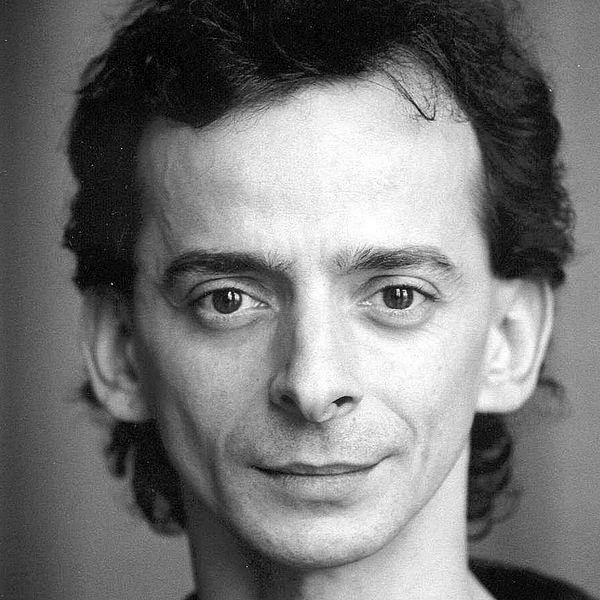Uwe Scholz
Uwe Scholz, born in 1958 in Jugenheim, Hesse, became a member of the Stuttgart Ballet in 1979 after training at the John Cranko School. Having already developed his first choreographies during his studies, Marcia Haydée appointed him the company’s first Resident Choreographer after John Cranko’s death in 1982. In addition, he also worked as an assistant director, opera choreographer (e.g. Aida with Hans Neuenfels in Frankfurt), director and for television and soon began to create for other companies. In 1985, at the age of only 26, Uwe Scholz became Ballet Director and Chief Choreographer of the Zurich Ballet, and in 1991 he took over the direction of the Leipzig Ballet, which he led until his untimely death in November 2004. In 1993, the Leipzig University of Music and Theatre appointed him professor, and he was also one of the founding members of the Leipzig Free Academy of the Arts.
With his choreographic works Uwe Scholz was one of the leading thinkers responsible for extending the tradition of symphonic ballet that was founded in the first half of the 20th century by artists such as Fokine, Massine and Balanchine: a transposition of the sound worlds and structures of a musical composition into dance, connecting seeing and hearing in a fresh way. Since 1977, he has created over 100 ballets with a musical range from baroque to modern, including collaborations with composers such as Udo Zimmermann and Pierre Boulez.
His musicality, artistic sensitivity and elegant and stringent lines, also in his work with large ensembles, made Uwe Scholz famous far beyond Germany. In addition to the numerous works he has created for the Stuttgart, Zurich and Leipzig Ballet, he has also given world premieres for the companies of the Deutsche Oper Berlin, Semperoper Dresden and Oper Frankfurt, the Ballet of La Scala di Milano, Ballet of the Deutsche Oper am Rhein, Bayerische Staatsballett, Nederlands Dans Theater, The National Ballet of Canada, Ballet British Columbia Vancouver, the Ballets de Monte Carlo as well as the companies of Madrid, Zaragoza, Santiago de Chile, Zagreb, the Testimonium Festival Israel and the Henze Festival Montepulciano.
Uwe Scholz’s major works included The Creation (Haydn), The Great Mass (Mozart), Pax Questuosa (Udo Zimmermann), Symphonie Fantastique (Berlioz), Scarlet and Black (Stendhal / Berlioz), Seventh Symphony (Beethoven), Bruckner’s Eighth Symphony, Bach Creations and interpretations of works by Pergolesi, Mozart, Schumann and Prokofiev. His last great works include pieces such as Le Sacre du Printemps, in a spectacular double version in Leipzig with Stravinsky’s versions for piano and orchestra, and Scholz Notizen I. Further performances were planned entitled Notizen II and Notizen III along with a choreography of Wagner’s Ring des Nibelungen but these could not be realised.
To realise the projects Notizen II & III and Wagner’s Ring des Nibelungen Scholz was no longer able to.
The prizes awarded to Uwe Scholz included the Omaggio Alla Danza (1987), the Order of Merit of the Federal Republic of Germany (1996), the Bavarian State Government’s Theatre Prize for Dance (1998) and the German Dance Prize (1999).
With the Vienna State Opera Ballet, the choreographies 2. Symphonie (Schumann) and The Miraculous Mandarin (Bartók) were seen in 1994 and 1995. With the re-staging of the Mozart ballet Jeunehomme, another important Scholz work follows in 2023/24 – including a reconstruction of the stage and costume design created by Karl Lagerfeld for Les Ballets de Monte-Carlo in 1986.
